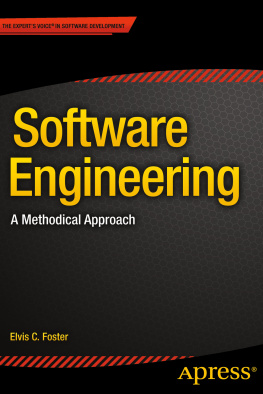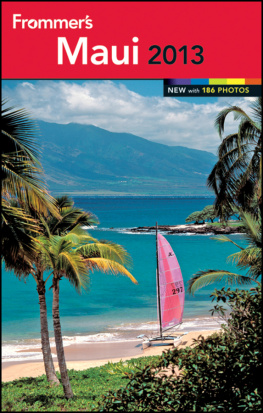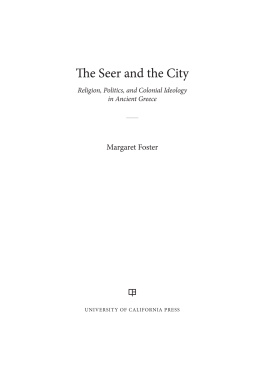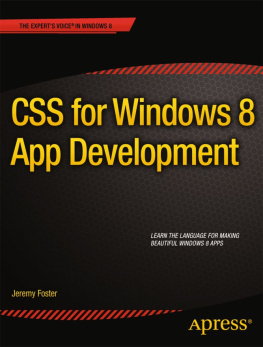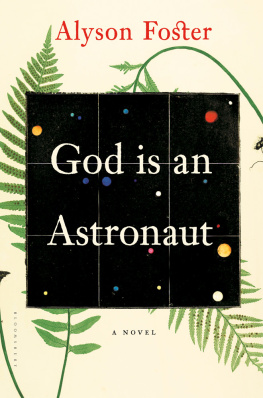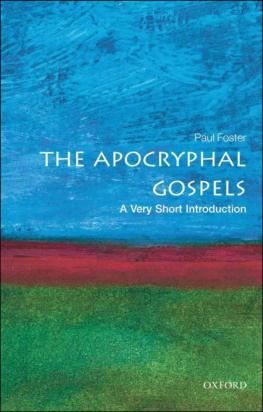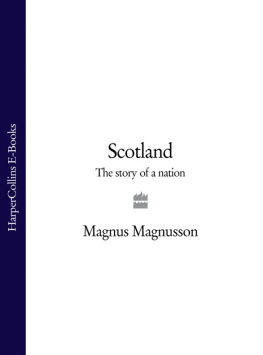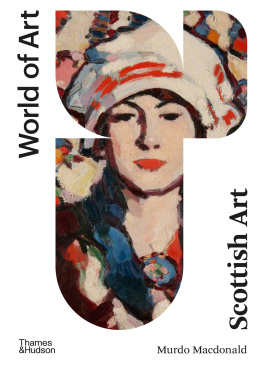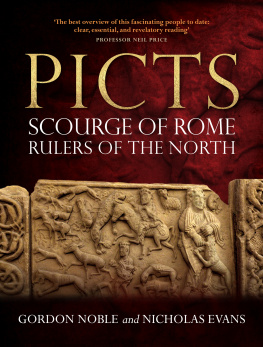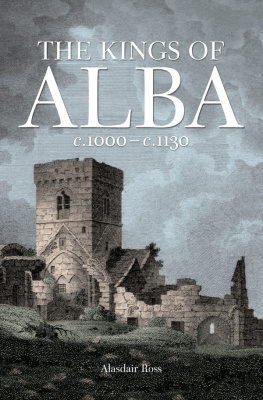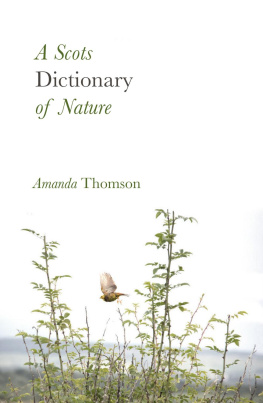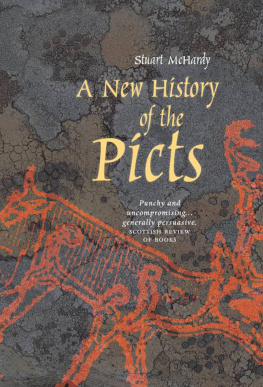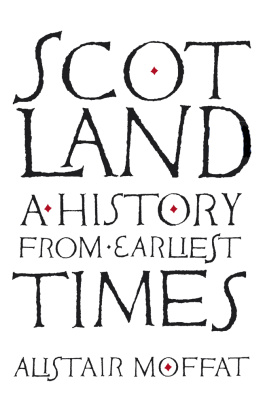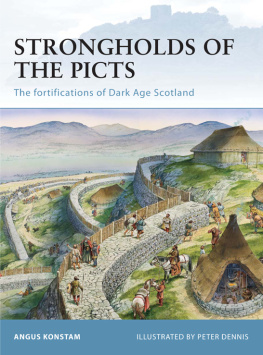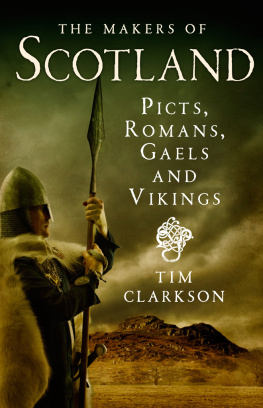Foster - Picts, Gaels and Scots: early historic Scotland
Here you can read online Foster - Picts, Gaels and Scots: early historic Scotland full text of the book (entire story) in english for free. Download pdf and epub, get meaning, cover and reviews about this ebook. City: Edingburg;Skotland, year: 2017, publisher: Birlinn, genre: Religion. Description of the work, (preface) as well as reviews are available. Best literature library LitArk.com created for fans of good reading and offers a wide selection of genres:
Romance novel
Science fiction
Adventure
Detective
Science
History
Home and family
Prose
Art
Politics
Computer
Non-fiction
Religion
Business
Children
Humor
Choose a favorite category and find really read worthwhile books. Enjoy immersion in the world of imagination, feel the emotions of the characters or learn something new for yourself, make an fascinating discovery.

Picts, Gaels and Scots: early historic Scotland: summary, description and annotation
We offer to read an annotation, description, summary or preface (depends on what the author of the book "Picts, Gaels and Scots: early historic Scotland" wrote himself). If you haven't found the necessary information about the book — write in the comments, we will try to find it.
Foster: author's other books
Who wrote Picts, Gaels and Scots: early historic Scotland? Find out the surname, the name of the author of the book and a list of all author's works by series.
Picts, Gaels and Scots: early historic Scotland — read online for free the complete book (whole text) full work
Below is the text of the book, divided by pages. System saving the place of the last page read, allows you to conveniently read the book "Picts, Gaels and Scots: early historic Scotland" online for free, without having to search again every time where you left off. Put a bookmark, and you can go to the page where you finished reading at any time.
Font size:
Interval:
Bookmark:
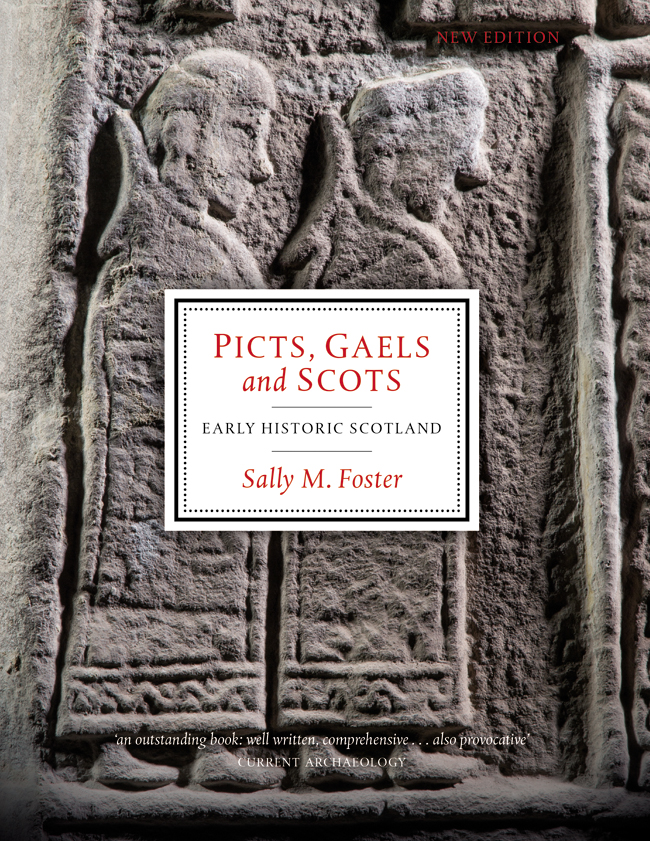
Sally Foster is a lecturer in heritage and conservation at the University of Stirling. She studied medieval archaeology at University College, London and later completed a PhD at Glasgow. Employed for many years by Historic Scotland, latterly as head of the team responsible for the designation of archaeological sites and wrecks, she has since also held academic posts at Glasgow and Aberdeen universities.


First published in 2014 by
Birlinn Limited
West Newington House
10 Newington Road
Edinburgh
EH9 1QS
www.birlinn.co.uk
Text copyright Sally M. Foster 2014
ISBN: 978 1 78027 191 0
eISBN: 978 0 85790 829 2
The right of Sally M. Foster to be identified as the author of this work has been asserted by her in accordance with the Copyright, Designs and Patents Act, 1988
All rights reserved. No part of this publication may be reproduced, stored, or transmitted in any form, or by any means, electronic, mechanical or photocopying, recording or otherwise, without the express written permission of the publisher.
British Library
Cataloguing-in-Publication Data A catalogue record for this book is availablefrom the British Library
Designed and typeset by
Mark Blackadder
Front cover:
detail of Fowlis Wester church cross-slab
Opposite title page:
detail of Nigg cross-slab
Printed and bound by
TJ International, Padstow
Contents
For Rod,
my fellow in love and learning,
and a brave man
List of plates and figures
Plates
Figures
Acknowledgements
Thank you to members of the public, Historic Scotland stewards, school children, students and academic colleagues whose use of the book and repeated queries about its future availability persuaded me there was still a value in summoning the time and energy to produce a new edition of something first crafted in what now seems the first flush of youth. Hugh Andrew, your bullying also worked. Thank you too, Hugh, for your dogged persistence in finding a way forward with Historic Scotland after a changed management dropped the Historic Scotland Batsford series. Financing the illustrations for a book, without institutional funding and support, is a major obstacle for any author because of the enormity of the cost of purchasing and reproducing images from copyright holders. I am therefore exceedingly grateful to those individuals and institutions that cheered me up with their prompt, pragmatic and selfless responses to my requests for images and other advice.
This book weaves the works and words of numerous others. I only hope I have done you reasonable justice. As previously, there is the inevitable risk of turning cautious agreement between disciplines into incautious fact through the inevitable inability of one person to master the ins and outs of all specialisms (see Clancy 2001a). While I have had to limit in-text citation, the last publishers allowed me to add some in the 2nd edition and my expanded Further Reading includes the most important current sources.
At the time of writing, I am coming to the end of a three-year temporary lectureship at the University of Aberdeen, where a dynamic new archaeology department specialises in the Archaeology of the North. It is with particular pleasure that I therefore acknowledge the help I have received for this book from David Dumville, Jane Geddes, Laura McHardie, Tim Mighall, Gordon Noble and Paul Taylor, and I thank all my Aberdeen colleagues and students for providing such a friendly, stimulating and supportive environment to live and work in. I also thank Ewan Campbell, Nick Evans, Katherine Forsyth and Graeme Wilson, and the many acknowledged in the earlier editions on which this builds.
I have added new, revised and refreshed images. The distribution maps in 60, 63 and 83 are correct only to 2004, but the changes are not major. Ewan Campbell generously prepared and 50, with help from Lorraine McEwan and Kathy MacIver. Martin Carver and his colleagues at FAS-Heritage & University of York, Justin Lahire-Garner and Cecily Spall, very kindly allowed me to use 3, 4 and 6 in advance of their eagerly awaited Portmahomack monograph, while Jane Geddes gave me access to her forthcoming St Vigeans monograph. In addition to those just mentioned, or cited in Image credits below, I thank Michelle Andersson, Kyle Armstrong, David Clarke, Anne Crone, Neil Curtis, John R. Davies, Steve Dockrill, Kim Downie, Ellen Ellingsen, Vasiliki Koutrafouri, Chris Lowe, David Mackie, Bruce Mann, Hazel Moore, Graham Nisbet, Gordon Noble, Caroline Norman, Caroline Palmer, Doug Simpson, Sharon Sutton, Graeme Wilson and Maggie Wilson.
Quotations from Bedes Ecclesiastical History of the English People, translated by Leo Sherley-Price and revised by R.E. Latham (Penguin Classics, 2nd revised edition, 1990) are produced by kind permission of Penguin Books. The Goddodin quote is to be found in The Triumph Tree edited by Thomas Clancy, first published in Great Britain by Canongate Books, Edinburgh.
The long-drawn-out, behind-the-scenes history of this new edition contributed to my mid-life decision to change career, and I must thank friends and colleagues in the University of Glasgow, particularly Professor Stephen Driscoll, for setting me off on a new trail, and Professor Martin Carver for his much-valued advice and friendship. Last but by no means least are the thanks reserved for Rod McCullagh, the very best of critical friends.
Image credits
Illustrations are reproduced by permission as follows: Alan Lane 53; Aberdeenshire Council Archaeology Service, . Several of the images are the authors own copyright: 7, 10 (the Anderson Dunlop Fund of the Scottish Medievalists grant-aided its production), 28, 61, 96.
Where known, the illustrators are Alan Braby 42; Christina Unwin 7, 10, 14, 15, 19, 25, 36, 54, 60, 63, 67, 71, 79, 83, 92, 96; Dave Pollock 29, 37; James Renny 76; Lorraine McEwen , 87. Several maps are based upon Ordnance Survey material with the permission of Ordnance Survey on behalf of the Controller of Her Majestys Stationery Office Crown copyright. Unauthorised reproduction infringes Crown copyright and may lead to prosecution or civil proceedings. Historic Scotland Licence No. 100017509 2004: 36, 60, 63, 79, 83.
Tom Grays pictures (8, 89) were first published in E. Sutherland In Search of the Picts (London, 1994). 15 is based on C. Thomas And Shall These Mute Stones Speak? (Cardiff, 1994), with amendments; 63 on Barrow 1983, Thomas 1981 and A.S. Henshall A long cist cemetery at Parkburn Sandpit, Proc. Soc. Antiq. Scot. 89 (19556), with additions; 67and 71 mainly derive from Royal Commission on the Ancient and Historic Monuments of Scotland (RCAHMS) Argyll vols 25 (Edinburgh, 197584) and C. Thomas The Early Christianity of North Britain (Glasgow 1971).
Foreword
I first wrote Picts, Gaels and Scots in 1996. Turning now to updating the 2004 version, I find I have amended this new edition of Picts, Gaels and Scots rather more than I originally thought I would. Why? I have respected the books original intentions to provide a wider context for monuments in the care of Historic Scotland and left my overall structure and thesis about the evolution of power it still works in general terms. Certainly, I have introduced significant new discoveries, updated references, quietly deleted some outdated material and done the odd bit of finessing. But 18 years after the first edition, and ten years after the second, the fact is that the work published in the last ten years has begun to profoundly alter how we appreciate and perceive the early medieval peoples of Scotland. This Foreword offers my personal reflections on this; it also flags up where you may observe shifts in content. The changes are often relatively subtle and something of a challenge to deal with in a work of concision such as this but their impact is cumulative. If you are unfamiliar with the ground covered in the last edition (Foster 2004), then you may well get more out of this Foreword by reading it last; this will also help you locate the places I discuss below. For familiarity with the detailed evidence, and to become more critical of its interpretation, do please follow up the Further Reading.
Font size:
Interval:
Bookmark:
Similar books «Picts, Gaels and Scots: early historic Scotland»
Look at similar books to Picts, Gaels and Scots: early historic Scotland. We have selected literature similar in name and meaning in the hope of providing readers with more options to find new, interesting, not yet read works.
Discussion, reviews of the book Picts, Gaels and Scots: early historic Scotland and just readers' own opinions. Leave your comments, write what you think about the work, its meaning or the main characters. Specify what exactly you liked and what you didn't like, and why you think so.

